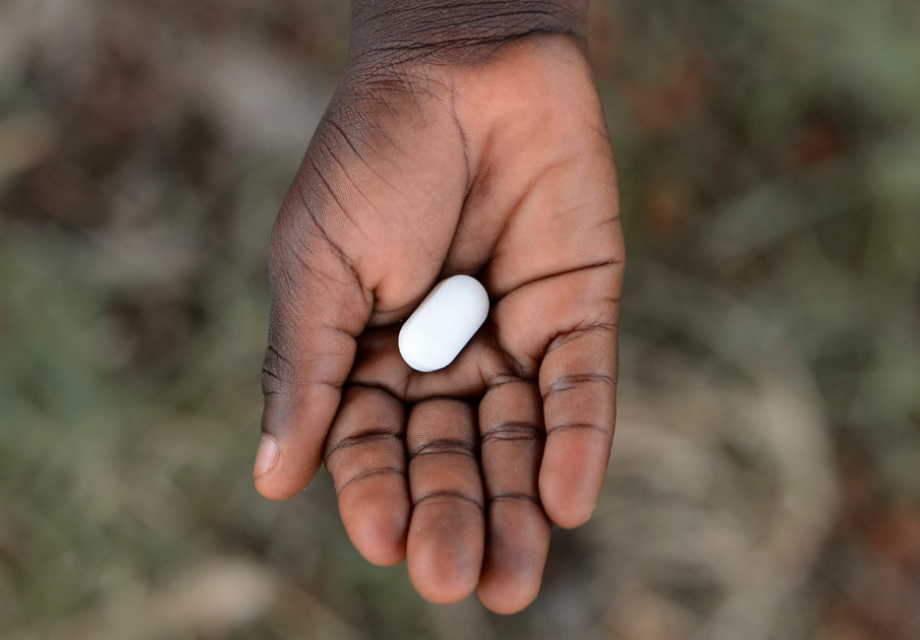Act now to tackle HIV drug resistance, WHO urges
Hester Phillips
06 January 2022
The World Health Organization is asking countries to stop using certain types of antiretrovirals to address rising levels of drug-resistant HIV
The World Health Organization (WHO) is urging countries to stop using non-nucleoside reverse transcriptase inhibitors (NNRTIs) and to switch to dolutegravir, after its latest report revealed rising drug-resistant HIV.
What is the report about?
The WHO has released its latest HIV Drug Resistance Report. This looks at the current situation in relation to drug-resistant HIV, particularly in countries with large HIV epidemics. It also outlines what countries can do to address the issue.
Why is this report important?
Drug resistance occurs when HIV is given the chance to make changes (mutations) to its genetic make-up. This generally happens if someone is on HIV treatment but unable to take their medication properly (e.g., every day at the same time). These mutations can become resistant to antiretroviral drugs (ARVs), and if this happens this strain of HIV will increase in the bloodstream (the viral load). When this occurs, the ARVs are no longer working because they are not suppressing HIV as they should. It means the person has developed drug-resistant HIV and should move to another type of antiretroviral treatment (ART).
Other people may get a strain of HIV that is already resistant to certain ARVs before they start treatment, but this is less common.
Drug resistance is mainly rising among people who have been taking a class of ARVs called non-nucleoside reverse transcriptase inhibitors (NNRTI).
Since 2019 the WHO has recommended that people who start ART, or swap from the first type of treatment they were given (first-line treatment) to a second type (second-line treatment), should be offered the ARV dolutegravir instead of NNRTIs. The genetic makeup of dolutegravir makes it better at stopping drug resistance from developing. It is also easier to take and has fewer side effects, so people are more likely to adhere to it.
Many countries have made this move or are about to. But some are still using NNRTIs as first-line treatment.
What are the report’s main findings?
WHO encourages countries to track how many people have HIV that is resistant to drugs (NNRTIs) before they start treatment. If more than 10% have pre-treatment drug resistance, WHO recommends that the country changes its first-line treatment to a dolutegravir regimen.
This report found an increasing number of countries are reaching the 10% threshold (21 out of 30 surveyed). People who had been on ART before were three times more likely to have drug-resistant HIV than people who were just starting treatment.
Ten countries tracked resistance to dolutegravir as well as NNRTIs. Nine found no resistance. Sudan found resistance but only in 0.2% of cases.
Findings from ten sub-Saharan Africa countries suggest almost one in two infants (45%) with HIV have an NNRTI drug-resistant strain, despite having never been on treatment before.
What does this mean for HIV services?
These findings show how important it is for countries to stop using NNRTIs, for adults and for children. If your country still uses NNRTIs, this report provides evidence to advocate for making the move to dolutegravir as a matter of urgency.
The report also shows how important treatment adherence is. Not only does it ensure someone can protect their health and the health of others – it is one of the main things that will stop drug-resistant HIV from spreading.
If you are involved in an ART programme, it is important to understand the practical and emotional challenges that cause people to interrupt or stop ART – and find solutions that work for their lives.
Get our news and blogs by email
Keep up-to-date with all our latest news stories and blogs by signing up to the Be in the KNOW news digest.
